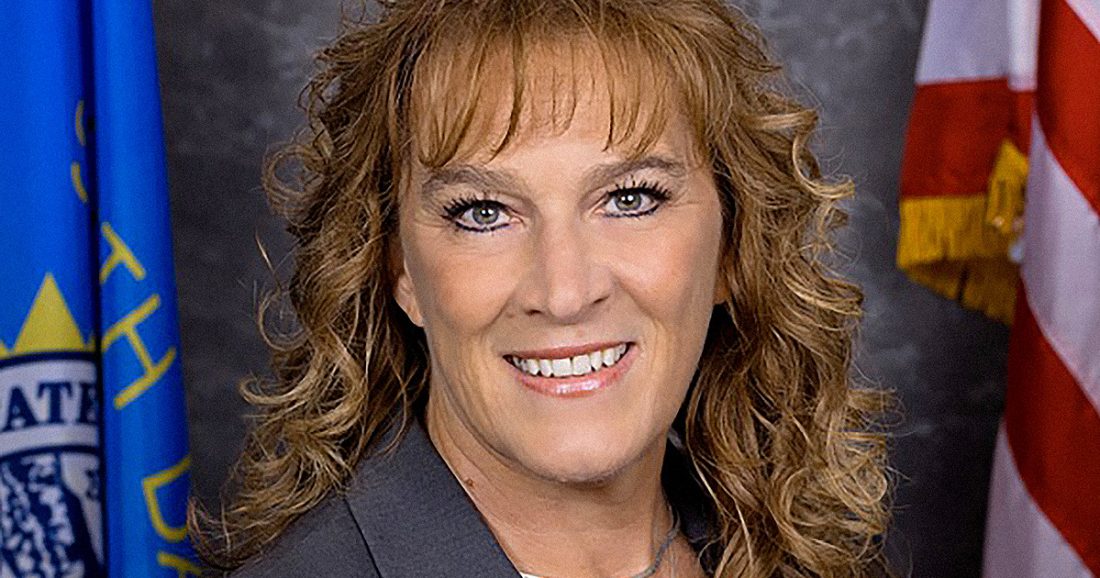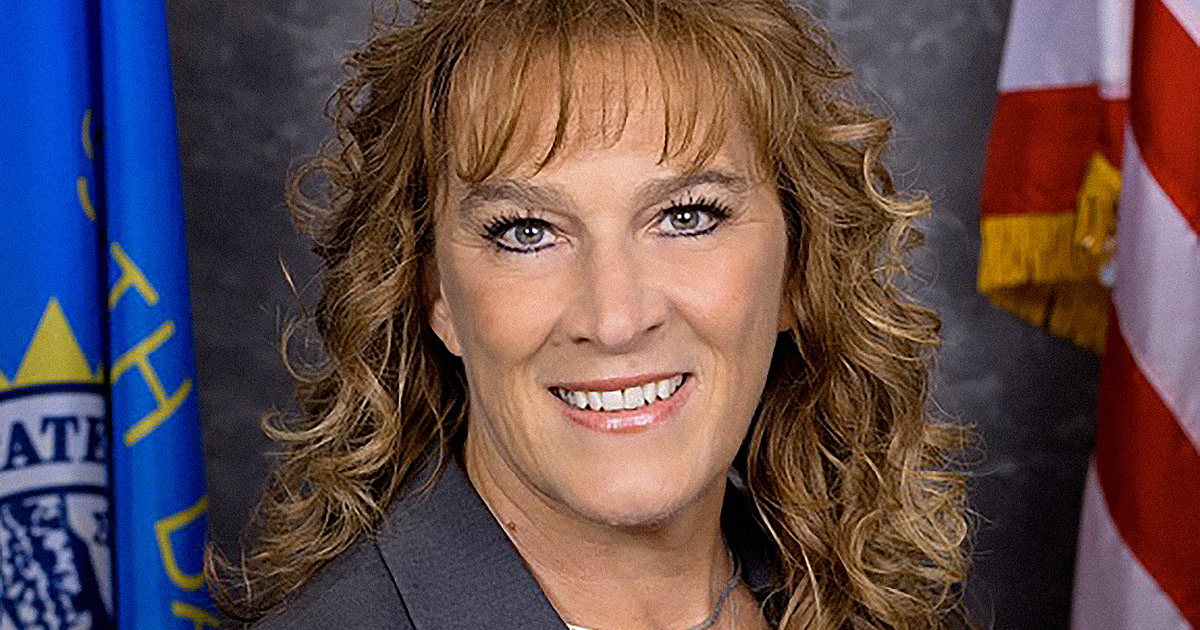Correctional services is something of a misnomer. Anyone making a career in the field knows it’s not a matter of correcting inmates but rehabilitating them. The incarceration process is seen by many as not so much a punishment but a chance to learn and begin again.
And as is so often the case, it takes a village.
“My goal is to build strong and cohesive teams that provide service with purpose,” Kellie Wasko, Secretary of South Dakota’s Department of Corrections, tells The CEO Magazine.
“We work in an environment where people have made bad choices, and 95 percent of those people will end up in our communities, so it’s on us to change their culture.”
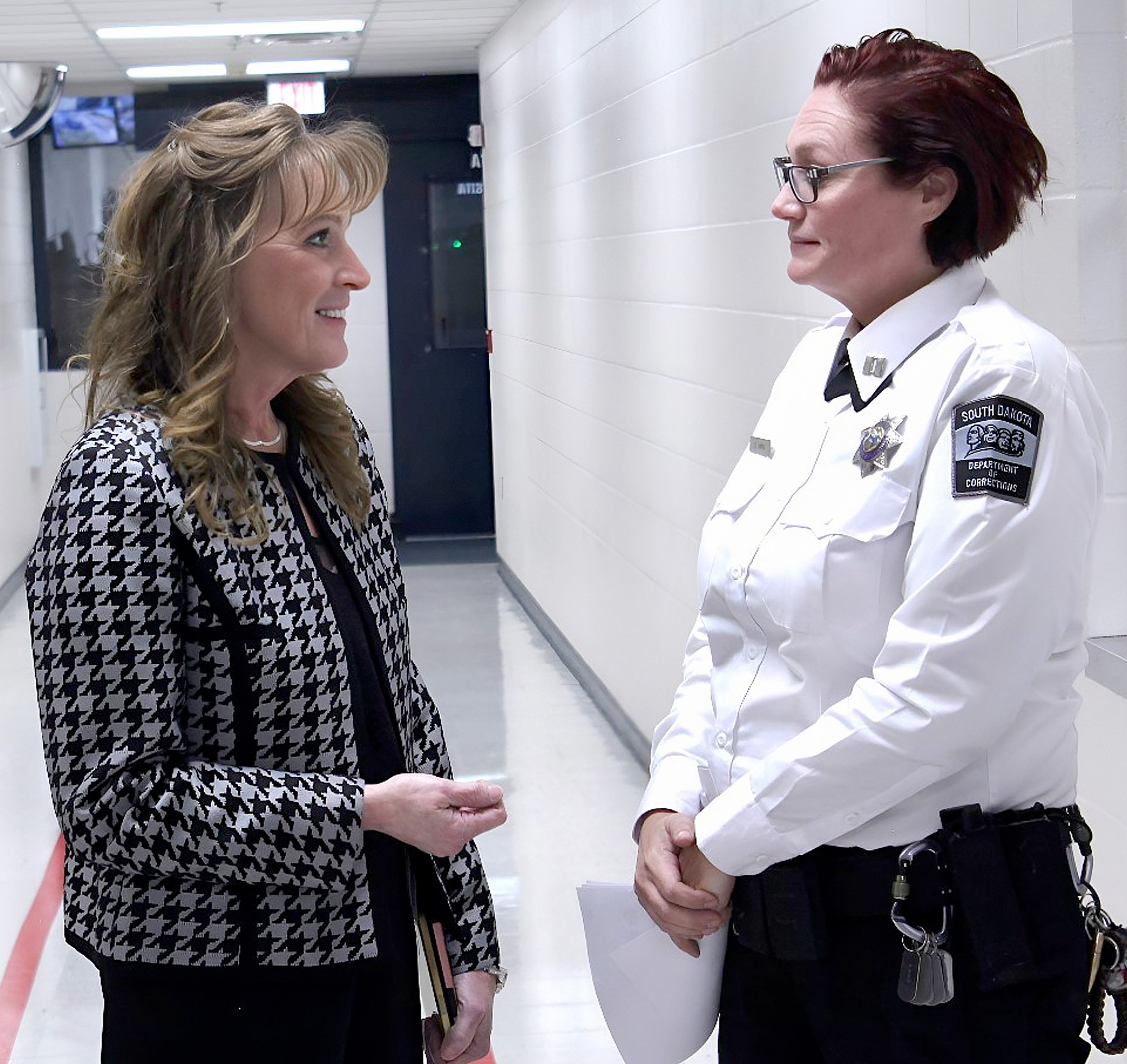
“I’m able to say to my team, ‘I’ve been where you are and I’m not asking you to do anything I haven’t done at some point. But I am asking you to trust me.”
A former correctional nurse, Wasko has forged a career in a sector often seen as one of the toughest jobs in government. Her extensive experience means she understands what’s involved, as well as what’s necessary to succeed.
“It was painful at first,” she admits. “There was a lot of mistrust of leadership when I arrived in early 2022.”
The executive staff now numbers 10, and Wasko says all are on hand at all times to provide assistance to a department that relies so heavily on teamwork and cohesion.
“People know I’ve worked in institutions. I came up in institutions,” she explains. “I’m able to say to my team, ‘I’ve been where you are, and I’m not asking you to do anything I haven’t done at some point. But I am asking you to trust me.’”
Building trust
Wasko says building trust has been one of her biggest challenges since taking on the Secretary role three years ago. She’s tackled it with gestures both small, such as handing out her contact details to staff at every level, and great, such as introducing herself at every academy.
“I don’t hold things back. I tell people everything for transparency’s sake. We build statistical reports and publish them online,” she explains.
On a personal level, the commitment is similar. “If I don’t hear any feedback from staff for a month, I’ll actually call them and say, ‘Hey, I haven’t heard from you. How’s it going?’”

Advertisement
Wasko and her team are charged with evolving and modernizing South Dakota’s correctional system. Upon arrival, Wasko found the culture had room to grow.
“There had been an assessment that highlighted key vacant positions, so I was able to come in and take a good look,” she says. “Since then we’ve done everything from defining the organizational structure to mirroring a modern correctional agency to a lot of education. I’ve had to educate many of the legislators.”
The establishment of improved security measures both inside and externally to the state’s institutions was another major initiative.
“It’s called Safer South Dakota. The model has allowed us to establish partnerships to introduce new assessment tools and design programming and treatment needs for the front end of incarceration,” she confirms.
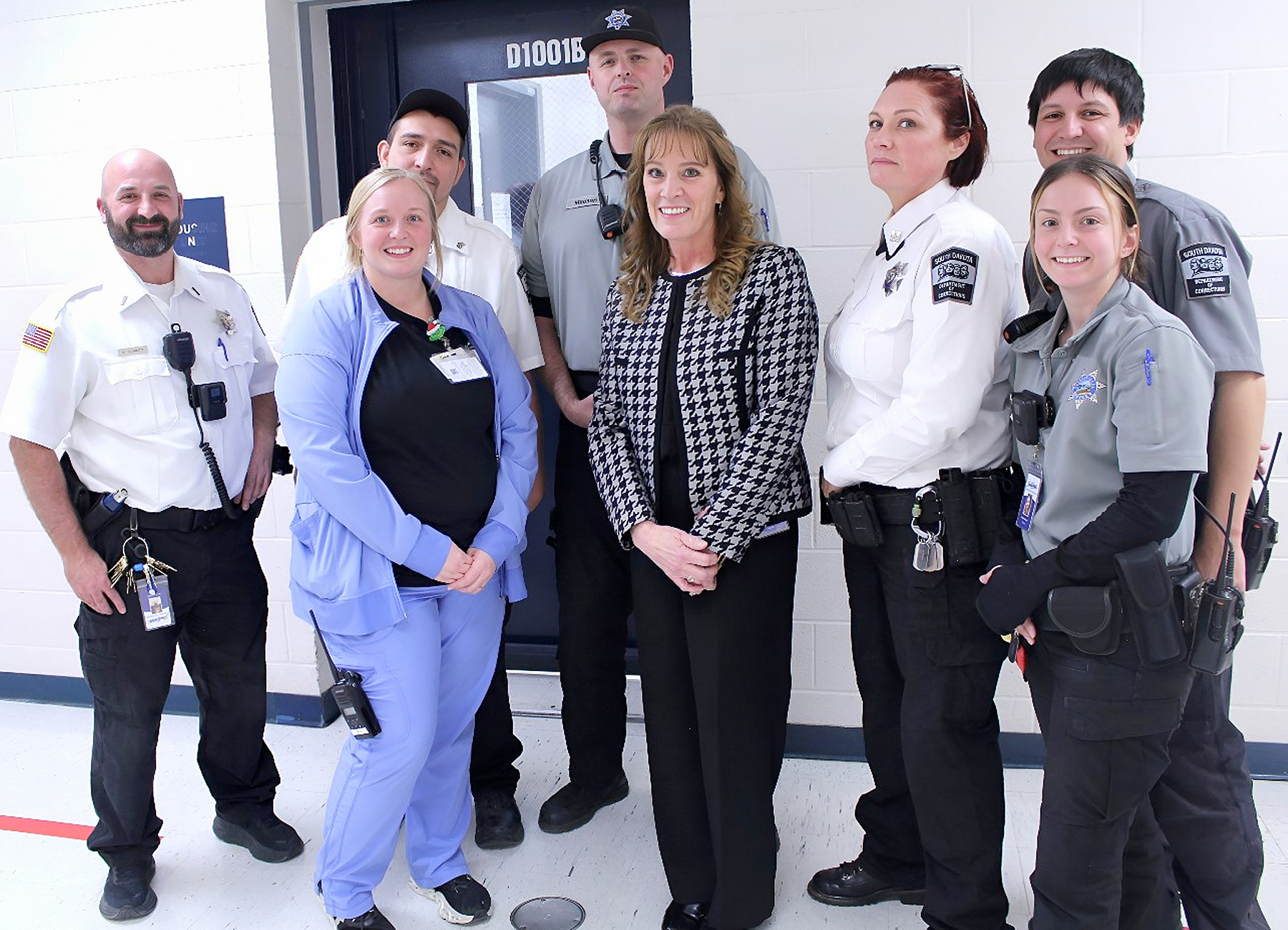
“My goal is to build strong and cohesive teams that provide service with a purpose.”
Additional resources through partnerships that the Department has established include the IN2WORK program, which food service vendor Aramark brings into the facilities for offenders. Aramark recognizes the opportunity it has to change lives by providing opportunities for training and employment to rehabilitated inmates.
Another strong partnership it manages is with offender technology provider ViaPath. The company works with the Department to add educational and rehabilitative resources on the offender tablets as well as reentry tools.
“We also have reentry coaches, who are with the transitioning offenders before, during and at least 30 days after their incarceration,” Wasko says. “It’s something a bit more robust than a lot of the community reentry models we see.”
Planning for the future
Wasko has also spent time overseas studying foreign prisons to see what lessons can be adopted in South Dakota. One of the most fruitful came from Germany.
“It used to be that for a fee, women inmates in South Dakota could keep a newborn infant in their cell for 30 days after they gave birth. But it didn’t sit well with me to have the babies removed,” she admits.
“The first 30 days are the foundation of the attachment that a mother and infant establish. Separating that bond has shown to affect these children with attachment disorders later in life. It’s the right thing to do.
“We established a program enhanced with community faith-based support and county and state support to allow eligible offenders and their babies to reside in our mother–infant program for up to 30 months.”

Advertisement
During that time, inmates learn effective bonding parenting skills and qualify to go out into the community and earn a wage they can save for their impending release.
Providing opportunities for former inmates is only one of the fronts Wasko is working hard to conquer. Behind bars, it’s another battle entirely.
“We have an extreme and chronic overcrowding issue,” she confesses. “We have a new female institution under construction to assist with female overcrowding, but for the men we need to decommission the oldest correctional facility in the state and replace it with a modern option.”
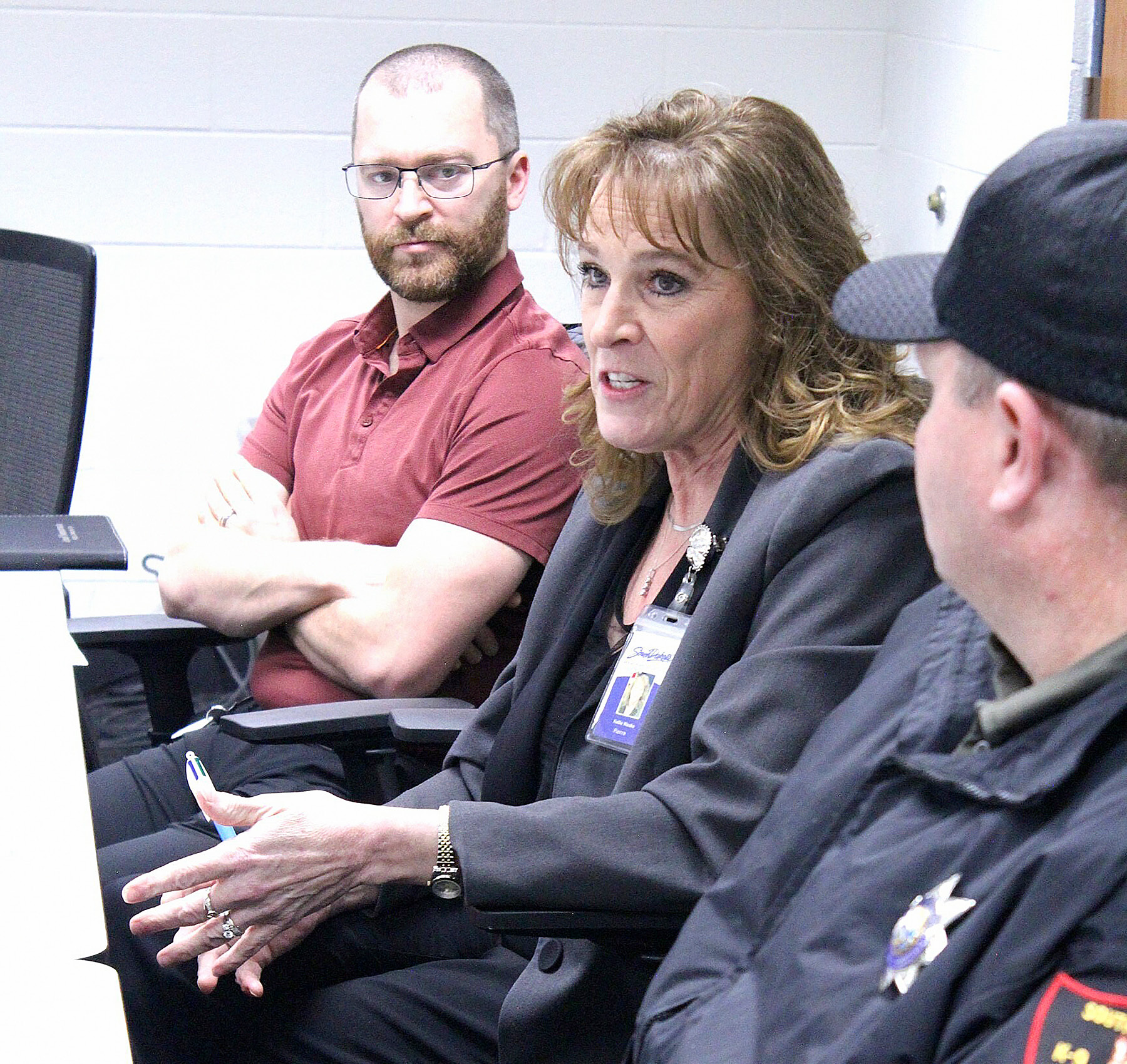
“My vision is that we can provide housing with effective therapeutic initiatives and successful programs and outcomes.”
Wasko has worked tirelessly to impress upon legislatures the urgency of this matter. “By building this, it’s going to allow us to establish modern programming and treatment opportunities,” she adds.
It’s all in accordance with Wasko’s long-term vision for both her sector and the state of South Dakota. “My vision is that we can provide housing with effective therapeutic initiatives and successful programs and outcomes,” she says.
“We do need to be able to step back and work out why we have this overcrowding, but programming is very important to me. It’s a huge part of our future.”

